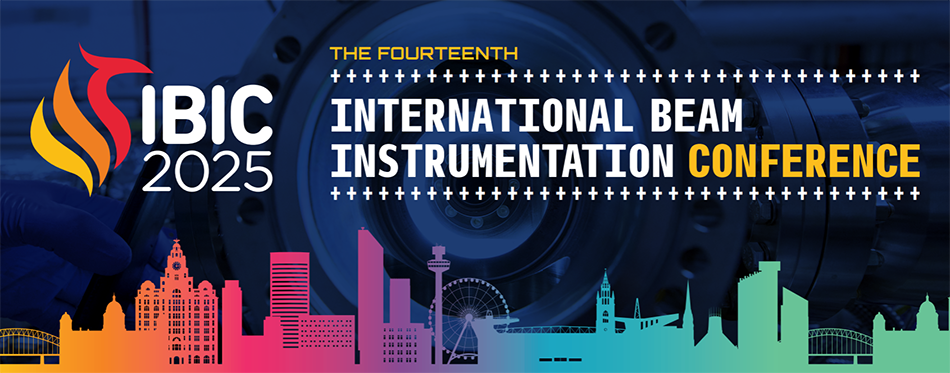Speaker
Description
Photon Beam Position Monitors (pBPM) detect photon beam intensity and position in synchrotron light sources and are capable to operate in real time during experiments, without altering beam properties and ideally discriminating between insertion device (ID) and bending magnet (BM) radiation. Early approaches used metallic blades based on photoemission from beam tails, but failed with micrometric beams or too high energy photons. They were also unable to distinguish between BM and ID radiation.
Newer techniques based on CVD diamond detectors, using charge collection in four quadrants, work well at high energies but absorb too much at soft X-rays or lower energies. Thinning sensors down to the nanometer scale is technically challenging and does not solve the problem of light source discrimination.
We propose an innovative method using intrinsic silicon carbide (SiC) sensors, not as a replacement for blades, but as a matrix of photoconductive elements, positioned directly after the synchrotron source, each capable of separately detecting BM and ID radiation. Initial tests show sub-micron sensitivity and clear separation of beam contributions, offering a new way forward.
| I have read and accept the Conference Policies | Yes |
|---|

